Gritty, the Philly Sports Messiah
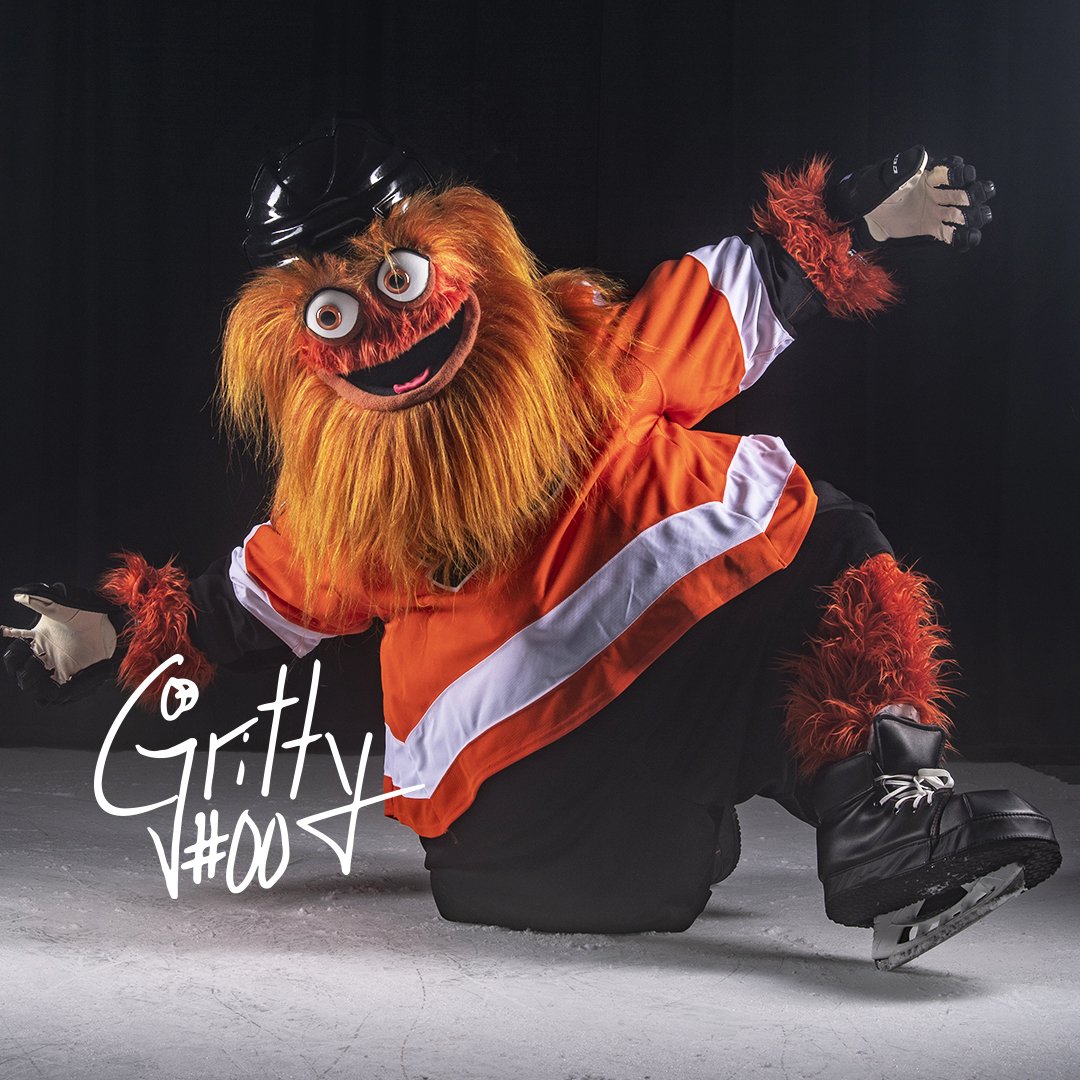
Philip Seymour Hoffman, Mary Beard, Gritty https://t.co/0do7XTdkq7
— Tim Carmody (@tcarmody) November 19, 2018
Like any once-and-hopefully-future resident of the great city of Philadelphia, I’m entranced by Gritty, the new mascot for the Philadelphia Flyers. Now, full disclosure: the Flyers were not one of the teams I initially adopted when I moved to Philadelphia, because my hometown Detroit Red Wings were still great in 2002, and so I was all set, hockey-wise. I picked up the New York Rangers when I moved to New York in 2012, when Henrik Lundqvist was winning Vezinas and stunting on fools. But Gritty is sufficiently compelling that I might have to add the Flyers to the Eagles, Phillies, and Sixers, becoming a full Philadelphia sports fan.
Why is Gritty captivating the world? Is it because or despite of his muppet-like googly eyes and shaggy appearance? I mean, when you really dig into it, it’s not like there’s a whole lot there. But a sufficiently advanced cipher can become a multilayered text to the devout, and that’s what’s happened with Gritty. Fans turned what was briefly an object of ridicule into an icon of devotion. And a legend was born.
For a deeper look into the Gritty phenomenon, seek no further than The Ringer, the website that was designed from its origins in the late, beloved Grantland to get to the bottom of sports questions like this. Michael Baumann’s “The Monster In The Mirror” is insightful, and nearly exhaustive, in answering why people inside and outside of Philadelphia have taken to Gritty so strongly. It also doubles as a psychological profile of one of my favorite cities and their sports fans.
Some excerpts:
In the past two and a half months, Gritty has proven to be an overwhelming success as a mascot. More than that, he’s become a legitimate cultural phenomenon, a weird and scary avatar for a weird and scary time. He is all things to all people.
“Gritty is fairly appalling, pretty insurrectionary for a mascot, and I don’t think there’s any question that that’s our kind of symbol,” says Helen Gym, an at-large member of the Philadelphia City Council. “There’s nothing more Philly than being unapologetically yourself.”
And:
The Flyers, Raymond says, had long resisted the idea of creating a mascot, at the insistence of founding owner Ed Snider, whom Raymond calls “old-school.” The Flyers unveiled a furry mascot called Slapshot in 1976 but quickly shelved it, leaving the team without a mascot for more than 40 years. But after Snider’s death in 2016, the team’s marketing department pushed ownership to reconsider, Raymond says, and after overcoming so much institutional inertia, they weren’t going to be half-hearted about their new mascot.
One part of doing a mascot right, Raymond says, is sticking to the bit no matter what, rather than submitting the mascot to the public for approval, a lesson learned from the Sixers’ failed mascot vote in 2011. Philadelphians, and people on the internet in general, can sense uncertainty and will punish it.
On Gritty’s Hensonian roots:
Mascots are always at least a little silly and ridiculous because at their core, they’re created more for children than adults. Gritty is no exception. His hands squeak, and his belly button—which Raymond calls a “woobie”—is a brightly colored outie. The woobie, says Raymond, was the brainchild of Chris Pegg, who plays Rockey the Redbird for the Triple-A Memphis Redbirds and is a mutual friend of Raymond and Flyers senior director of game presentation Anthony Gioia.
When the Flyers unveiled such a weird, menacing mascot, it brought to mind something Frank Oz said about his longtime collaborator and Muppets creator Jim Henson: “He thought it was fine to scare children. He didn’t think it was healthy for children to always feel safe.” According to Raymond, in any sufficiently large group of children, a mascot, even a familiar one, will make at least one of them cry. Not Gritty.
“I’d never seen a mascot rollout anywhere where I didn’t see at least one kid running, crying in terror, trying to grab on to their mother’s legs,” Raymond says of the Please Touch Museum rollout. “I didn’t see any of that [with Gritty]. The kids were dancing and hollering and calling for him to come over, but no kid looked terrified.”
And on Gritty’s additional incarnation as the subject and vehicle for leftist political memes:
Some Gritty memes, however, are not just funny or scary, but overtly political. Gym’s resolution addressed this issue head-on; “non-binary leftist icon” was one of the descriptions quoted in the resolution. The resolution itself goes on to praise Gritty for his status as a political symbol: “Gritty has been widely declared antifa, and was subject to attempted reclamation in the editorial pages of The Wall Street Journal. It has been argued that he ‘conveys the absurdity and struggle of modern life under capitalism’ and that he represents a source of joyful comic respite in a time of societal upheaval.”…
“The great thing about memes—as ridiculous as this sounds—is they create an instant mass internet mobilization,” FWG says. “Memes can be used to perpetuate systematic oppression, or they can be used to burn down the prison-industrial system or talk about police brutality.”
This identity is independent from — this is to say, it has been thoroughly stolen from — Gritty’s original role as a corporate sports mascot.
There’s a danger to wrapping up one’s identity in anything one can’t control, whether it’s an artist, a sports team, or a fuzzy orange monster. And if Gritty played it safe, he’d stop being worth investing in; the reason Gritty is so popular is because he’s weird and unpredictable in a way that isn’t cultivated to be “edgy.” Fear of being let down might just be the price of trying to live with empathy in a society that frequently elevates the cruel. It’s worth thinking about something FWG said: that their Gritty is not the same thing as the Flyers mascot.
“I think that the spirit of Gritty will be fulfilled through the proletariat,” FWG says. “As the spirit of Gritty moves people, that’s how the people will act.”
This is serious business! But as Walter Benjamin wrote, in a time of crisis, the here-and-now becomes shot through with messianic time. Gritty recalls the Phillie Phanatic, Sesame Street’s muppets, and Blastaar from the Fantastic Four, but puts all of their energy to use in a sense of futurity, that hope for the future that sports fandom echoes, however dimly. To quote Benjamin again:
It is well-known that the Jews were forbidden to look into the future. The Torah and the prayers instructed them, by contrast, in remembrance. This disenchanted those who fell prey to the future, who sought advice from the soothsayers. For that reason the future did not, however, turn into a homogenous and empty time for the Jews. For in it every second was the narrow gate, through which the Messiah could enter.
It’s ridiculous to see Gritty, the googly-eyed, outie-bellybuttoned Philadelphia Flyers mascot, as a messianic figure of the revolutionary left. But is that any more ridiculous than everything else that is happening in our fucked-up present? No. No, it is not.
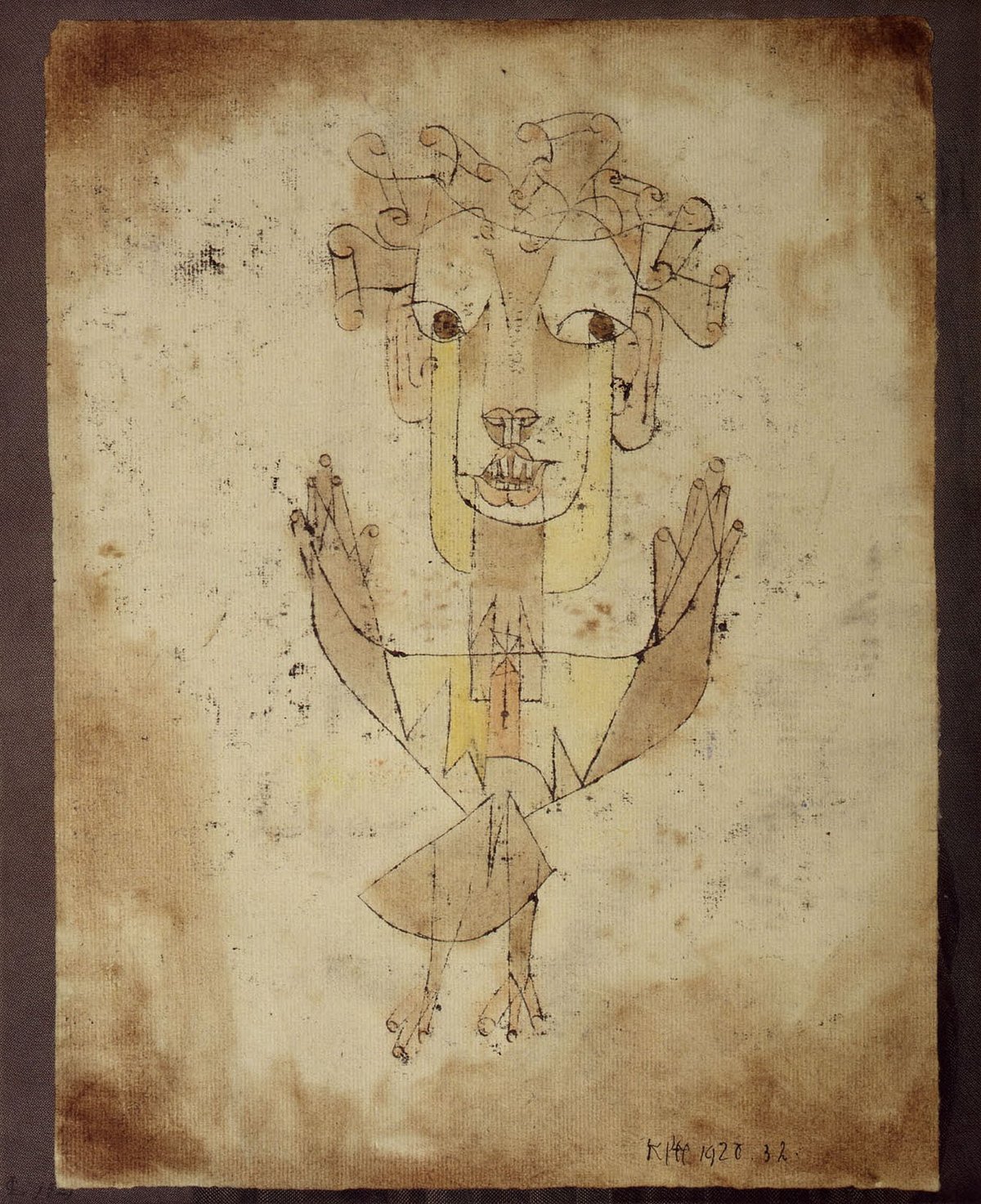





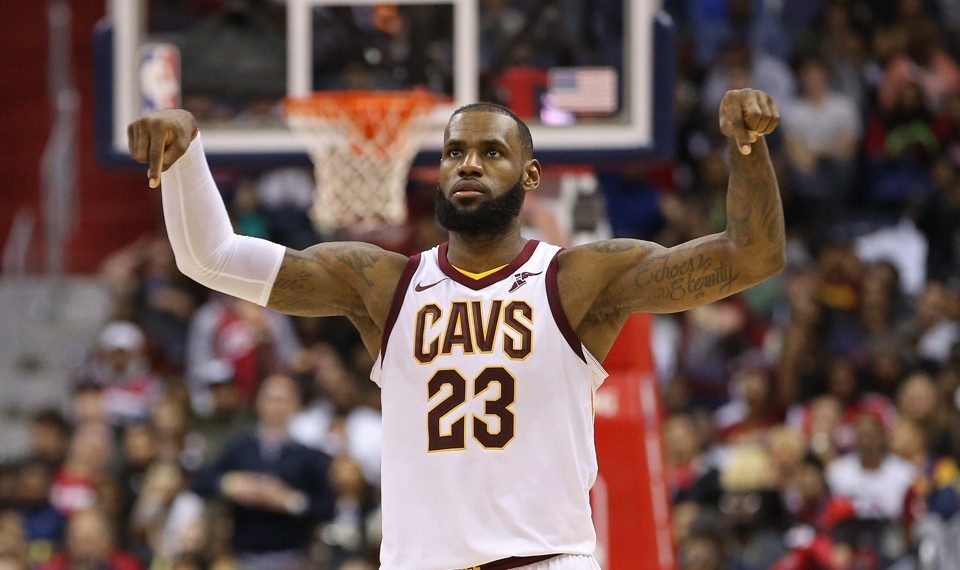
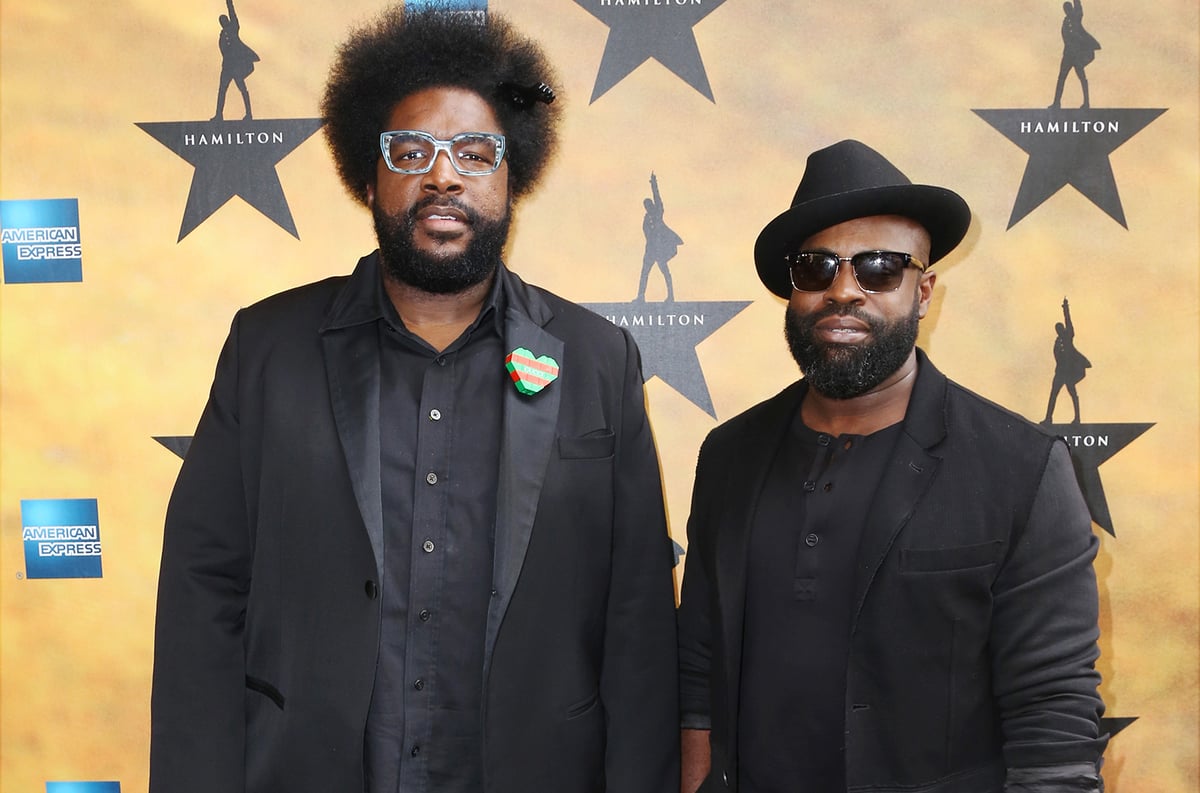
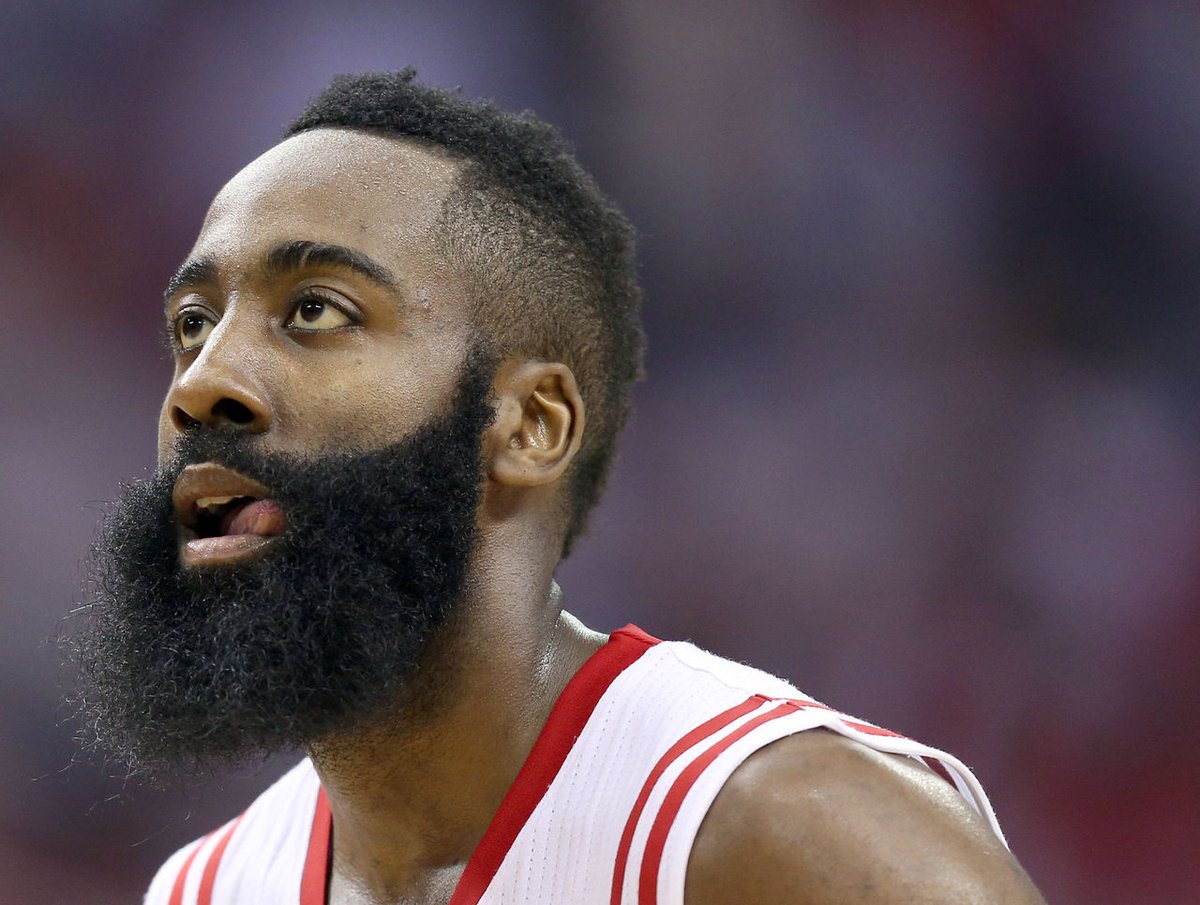
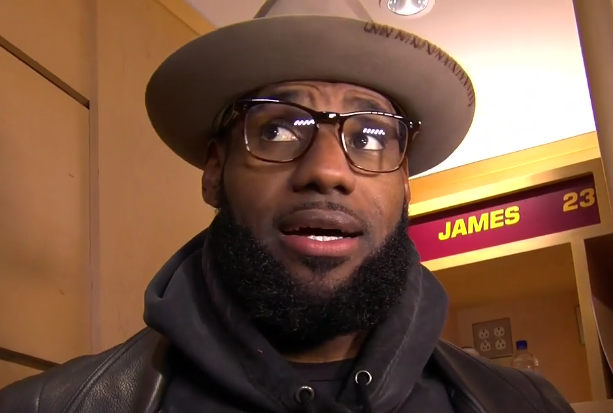
Stay Connected